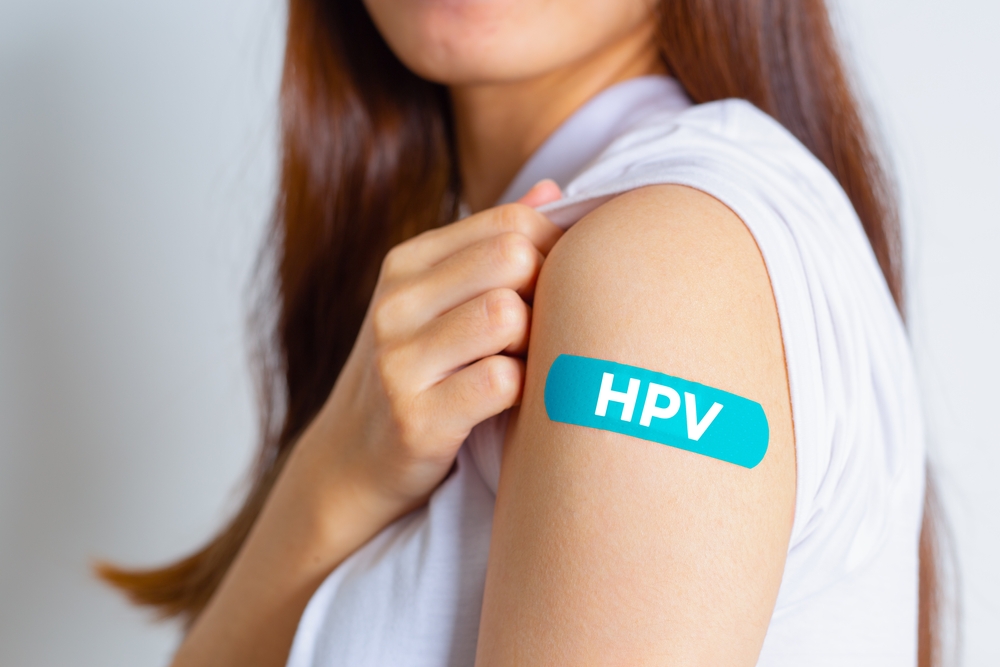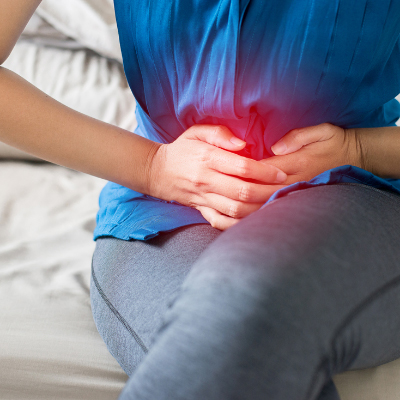
Understanding Cervical Cancer
Cervical Cancer according to the WHO is currently the 4th most common cancer among women globally. 90% of cases and death that happens worldwide occur in low- and middle- income countries which is mainly attributed to the limited access to preventive measures and late detection. Cervical cancer is a cancer that happens in the cervix of women and precancerous lesions can only be detected with the help of regular screening. ¹
Human Papillomavirus (HPV) is the major causative factor of cervical cancer. Getting infected with HPV does not always lead to cervical cancer as some infections do resolve on its own, however some lesions may become precancerous leading to problems if not detected early.
Importance of Regular Screenings
Screening for HPV is done on a regular basis every 5 to 10 years starting at age 30 and earlier if there are risk factors involved.
Currently there are 3 ways to screen for cervical cancer:
- Human Papillomavirus (HPV) test to check cells for infection with high-risk HPV types.
- Papsmear to check for changes in the cervix that could lead to cervical cancer.
- HPV/Pap Cotest which combines the two to check for both high risk HPV types and cervical changes. ²
Getting screened on a regular basis allows the early detection of the cancer and hence ensures that it can be treated early.

Risk Factors for Cervical Cancer
HPV infection is the most common cause of cervical cancer, and patients usually get infected during sexual intercourse. Starting sex at an early age and sexual intercourse with multiple partners usually puts the person at risk of being infected with HPV.
Smoking is also considered to increase a person’s risk of cervical cancer by two times compared to those who don’t smoke.
The risk of developing cervical cancer also increases along with age. The risk begins in the late teens to mid-30’s, although people past this age group remain at risk and should continue to get regular cervical cancer screening. ³
Preventive Measures
The HPV vaccine protects against all types of HPV that may cause cervical, vulvar or vaginal cancer; therefore it is important to ask your healthcare provider for vaccination options that are recommended for you. Regular screening will also be important as this makes sure that cervical changes are caught early. Lifestyle changes such as smoking cessation and practicing safe sex would also help prevent cervical cancer. ⁴
References:1. Cervical cancer. (n.d.). Retrieved from https://www.who.int/news-room/fact-sheets/detail/cervical-cancer 2. (N.d.). Retrieved from https://www.cancer.gov/types/cervical/screening 3. (2022). Retrieved from https://www.cancer.net/cancer-types/cervical-cancer/risk-factors 4. (2022b). Retrieved from https://www.cdc.gov/cancer/cervical/basic_info/prevention.htm #:~:text=The%20most%20important%20things%20you,test%20results%20are%20not%20normal




